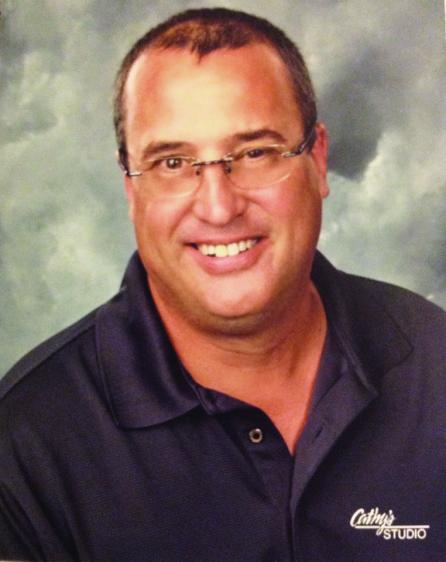ILSOYADVISOR POST
Agronomy: Late October Wheat Planting
Will planting wheat late affect the yield of wheat and profitability of the wheat double-crop enterprise? Not necessarily.
With the later-than-normal planting this spring, a lot of soybeans will be harvested later than normal. And this means planting wheat later in the planting window than a lot of us like. However, do not be discouraged as the days of the calendar roll on, just be prepared to adjust your wheat seeding management as we approach November.
As November nears consider increasing seeding rates by as much as 20 to 30% when seeding is delayed. Higher seeding rates are also recommended when planting into wet soils and/or when planting into heavy residue, which might be the case if you are planting wheat into cornstalks. Late-planted wheat usually has decreased tillering. We need more plants per acre as we move later to help compensate for a possible lack of tillering.
Check frequently behind the drill for seeding depth and make sure good seed-to-soil contact is achieved. With larger soybean yields and weed pressure in some fields this fall there is a tremendous amount of residue. No-till wheat planting may not be optimal under these conditions. You may need to do some type of tillage to help manage the residue and get good seed placement.
Use the narrowest row spacing possible as planting dates get later. It has become common to plant wheat in some areas in 15-inch rows due to the convenience of using the planter and better metering/seed-to-soil contact. But as we move later with our seeding, studies show that we need narrower rows to help establish a more uniform stand and a more even distribution of plants across the soil surface to capture higher yields. This will also help with weed control come spring.
November-planted wheat can still make a good crop, but we need to adjust our seeding management compared to earlier planting.
Kelly is serving as the Illinois Soybean Association Double-Crop Specialist. He was raised on the family farm in Benton, Illinois and graduated from Southern Illinois University (SIU)-Carbondale with a BS in Agriculture Education and Mechanization, and a Master’s of Science (MS) in Plant and Soil Science. Kelly has spent 25 years as a soil fertility agronomist and precision agriculture consultant in southern Illinois while also spending 4 years as a Farm/Agronomy Manager and GIS Coordinator for a large farm in southeastern Illinois. He is a Certified Professional Agronomist and a Certified Crop Advisor.





Comments
Add new comment